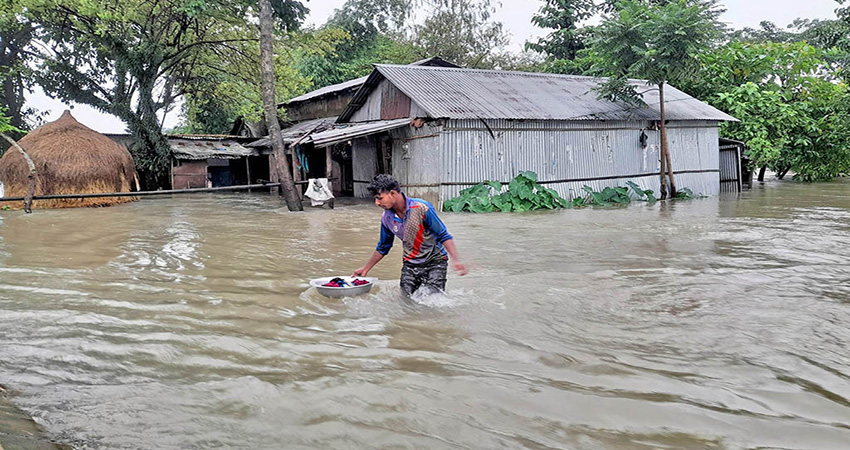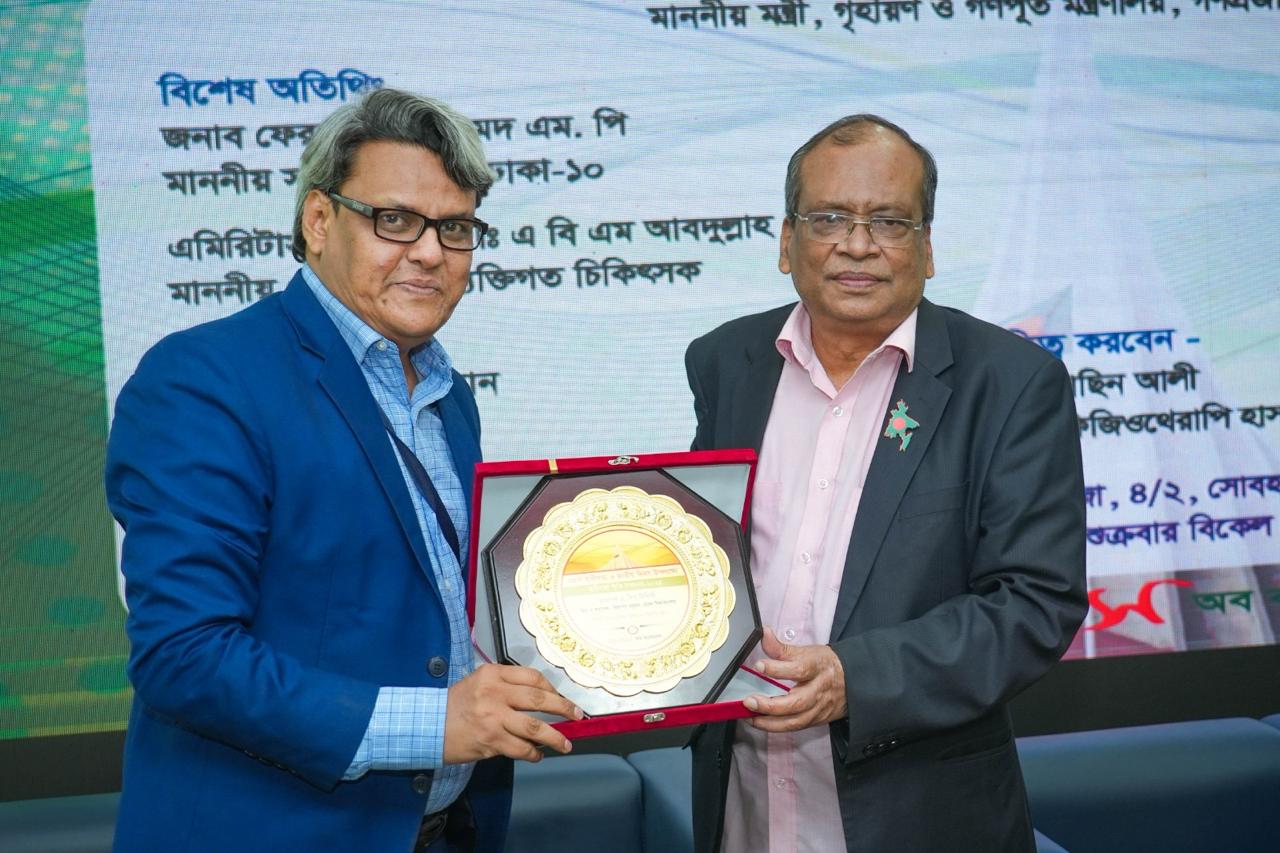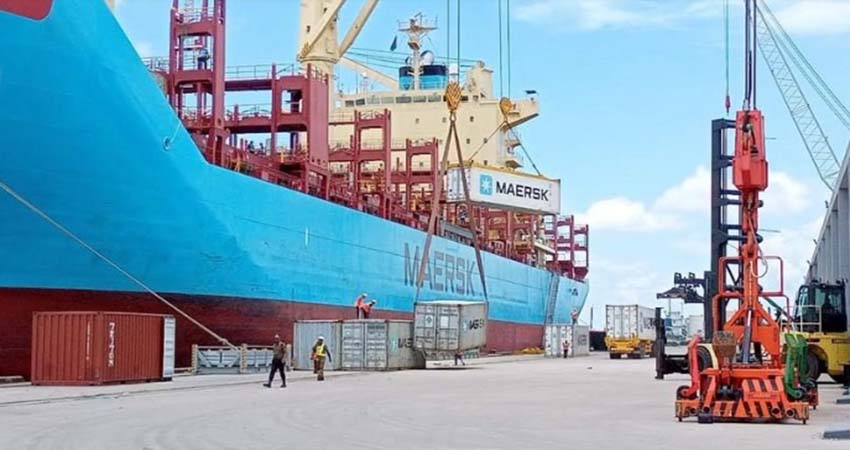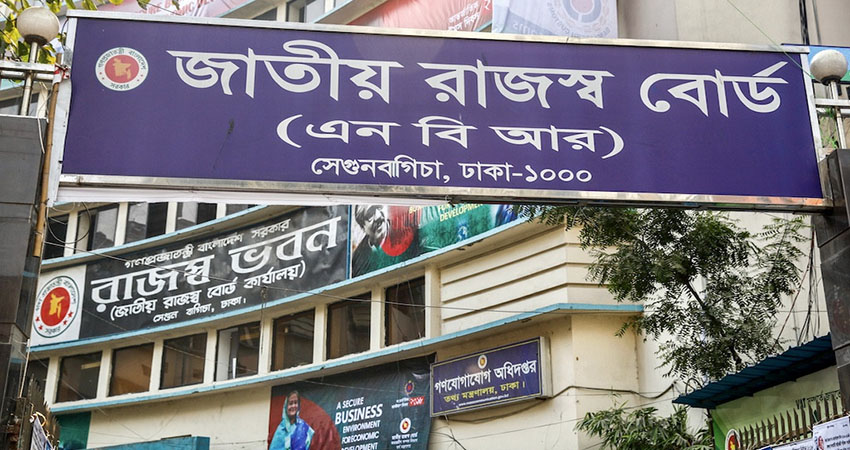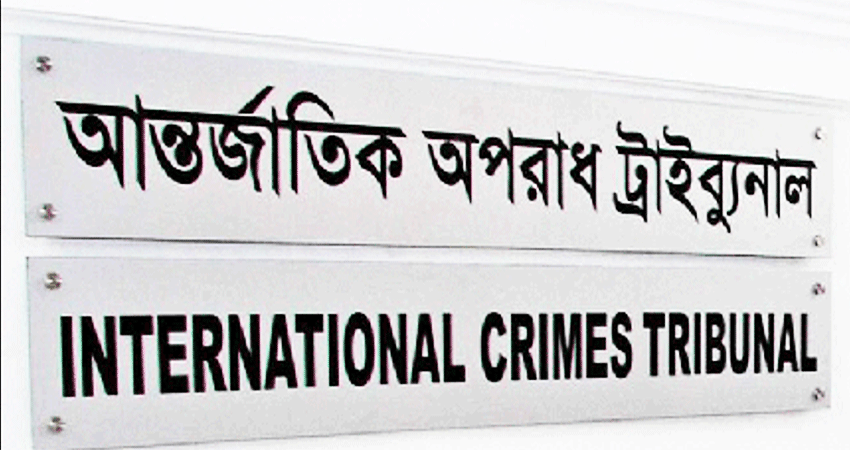Around 300,000 people of five upazilas of Sylhet district have been marooned due to an onrush of water from upstream and heavy showers.
Low-lying areas, inclusive of houses, roads, educational institutions and shops of the upazilas, were inundated.
There have been heavy rains since Wednesday morning, which worsened the flood situation.
More than 300 villages, educational institutions, and roads in Companiganj, Gowainghat, and Jaintapur upazilas went under water. Forty-two shelters have been opened in Gowainghat for the flood-hit people.
Meanwhile, the waters of the River Surma entered houses and shops in Sylhet city. It seeped into the wholesale market at Kalighat and Mohajon Potti for the second time in one month.
Road communications among all unions of Gowainghat upazila were snapped. Around 90 percent of the people of the upazila were stranded amid the waters.
Purbo and Paschim and Moddho Jaflong, Purbo and Paschim Alir Gaon, Rustampur, Tuakul, and Lengura were also inundated.
Tahmilur Rahman, upazila nirbahi officer of Gowainghat, said: "Many people have become marooned due to the second phase flood. The administration has prepared 42 shelters, and initiative has been taken to take the affected people there."
Meanwhile, Purbo and Paschim Laxmiprashad, Chatul, and low-lying areas of Kanaighat upazila went under water. Hundreds of people of Zakiganj upazila were affected.
Companiganj Police Station Officer-in-Charge Sukanta Chakrabarty said the roads of Sadar upazila were inundated.
According to the Water Development Board, water levels continued to rise in the rivers Surma, Kushiara, Sari, Luva, and Dhalai till Wednesday afternoon.
The water level at Surma was flowing above danger level at Kanaighat and Sylhet points.
Nearly 30 Rangpur villages flooded, 25,000 people marooned.
As many as 25,000 people in the remote char villages of Rangpur have been marooned as at least 30 villages have been flooded due to the ceaseless rains.
According to the Water Development Board (WDB) Control Room, the Teesta was flowing at the danger mark at 9am yesterday at the Teesta Barrage point. It is likely to cross the danger mark soon.
The rising water levels have flooded the villages on the river banks and in the remote areas, leaving 25,000 people waterlogged.
Many families in Gangachara Upazila have taken shelter at the WDB dams.
According to Gangachara Upazila UNO office, villages in Laxmitari, Kolkond, Maraneya, Nohali and Alambiditor unions have been flooded.
Moreover, hundreds of hectares of peanut fields are at risk of destruction as they are already underwater.
Gangachara Upazila UNO Ershad Uddin has already issued an alert for those living on the river banks and inremote areas.
Flood situation worsens in Sunamagnj
In Sunamganj the waters of the Surma River were flowing 55 centimeters above the danger mark, while it was 213 centimeters above the danger mark at Chhatak point on Thursday morning.
The Water Development Board has recorded 185mm of rainfall in the last 24 hours in the district. More than three lakh people have been marooned in the districts due to the flood for the second phase just after one month.
Several hundred houses, more than 200 educational institutions, and at least 100 fish enclosures have gone under water in recent days in Chhatak.
Berajpur, Noapara, Alampur, Bilpar, Dashghar, Krishnanagar, Anondonagar, Bagain, Lakshmipur, Gabindanagar and Mohonpur areas of the upazila are worst affected.
50 houses washed away by Teesta River in Rajarhat
More than 50 houses have been washed away by the Teesta River in two unions of Rajarhat upazila under Kurigram in the last 45 days.
Heavy rainfall and the onrush of the upstream water triggered the erosion of the Teesta River banks, rendering many people living on the river banks homeless.
Hundreds of bighas of cropland, trees, ponds, and mosques have also been affected by the river erosion. People of the area have become helpless as the authorities concerned are yet to take any preventive measures to stop river erosion, said locals.
Only two kilometres of the 43 kilometres river banks have been protected while the rest area remained unprotected.
As a result, houses, trees, and cropland are washed away every year. Educational institutions, bazars and mosques and temples are under threat of erosion, they said.
Currently, river erosion has taken a serious turn in a six-kilometre area in Gharialdanga and Bidyananda unions of the upazila.
The Water Development Board is trying to save the river banks by dumping geo bags in the river as a temporary measure.
A total of 17 houses of Bogurapara, Ramhori, Kitabgaon, and Burirhat have been devoured by the Teesta River recently despite the efforts of the Water Development Board to save them.
Locals have urged the authorities concerned to save their houses and other establishments from the river erosion.
Mondol Ali, son of late Bande Ali of Kitab Khan village under Bidyananda union, said: “We live on the banks of the Teesta. But there is no option except dumping geo bags to control the river erosion. I have no idea how we will survive here. We have no idea how long we can survive here.”
Meheron of Ramhori village of Gharialdanga said: “The river has taken all of my properties, including cropland. I have sold trees worth Tk5 lakh only at Tk90,000 fearing the erosion in the Teesta River. If the river washes away my house, then we will turn homeless.”
Abdul Baten, UP member of Ward No. 1 under Gharialdanga union, said the measures taken by the Water Development Board were inadequate to protect the 6-7 kilometer long area from the river erosion.
Contacted by Dhaka Tribune, Kurigram Water Development Board executive engineer Abdullah Al Mamun said: “We have saved several points of the Teesta River. Now erosion has started in new places. We are trying to save the river banks from erosion after communicating with the higher authorities."
Teesta River training will be possible after launching the work of the mega project, he added.
Source: Dhaka Tribune

